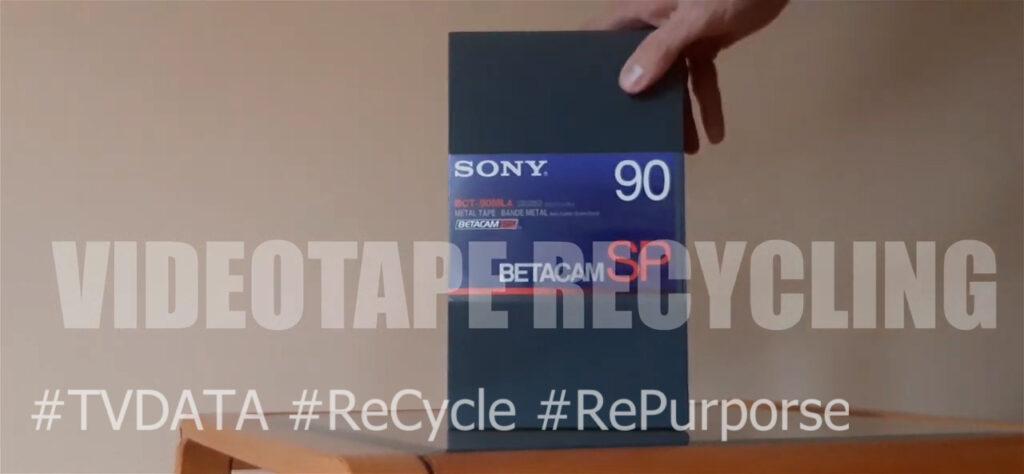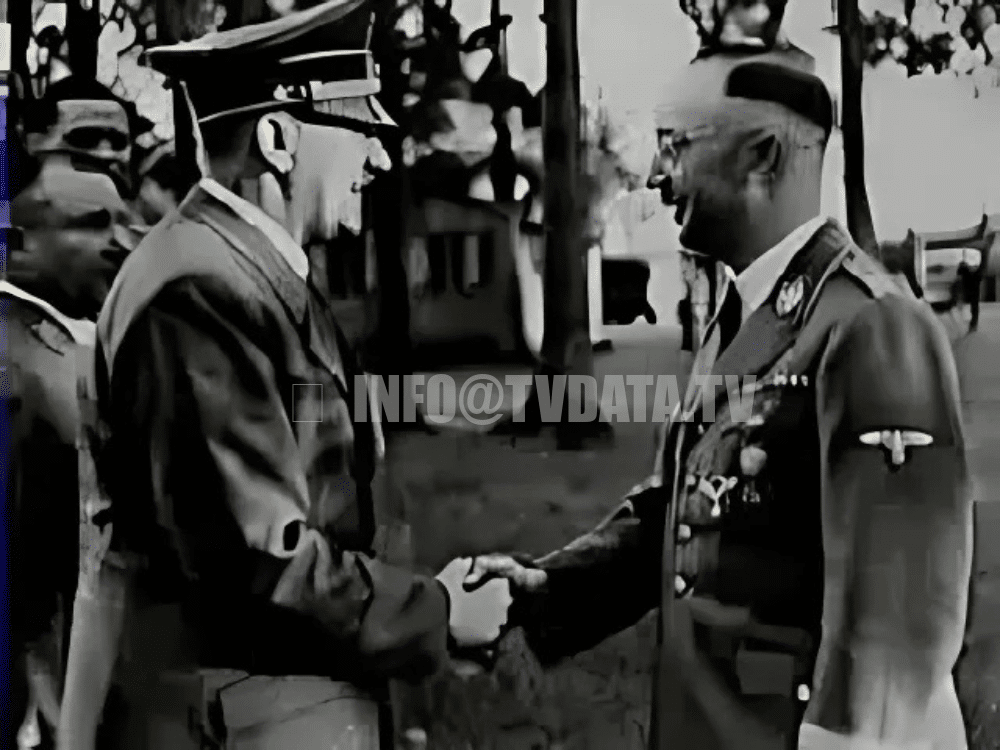Uncompromised Technical Excellence: BETACAM to HD Digital Conversion
Our extensive archival collection features numerous BETACAM tapes recorded in the PAL format, capturing significant moments across Russian-speaking regions long before the emergence of digital media. To ensure the longevity and superior quality of this invaluable content, we have meticulously digitized each tape into 10-bit uncompressed digital files. This rigorous process guarantees maximum color depth, dynamic range, and fidelity, preserving every detail and nuance of the original footage.
Footage licensing servicesBetacam footage licensingPAL Betacam archive footage
Uncompressed digital footage licensing
Historical video licensingBroadcast-quality stock footageArchival footage for documentaries
At TVDATA we transform archival BETACAM and BETACAM SP tapes into superior digital formats.
By converting to high-quality digital formats, we enable seamless transfer and upscaling to High Definition (HD), providing our clients with exceptional clarity and precision. Our state-of-the-art conversion techniques maintain outstanding visual integrity, ensuring that the archival footage meets the highest standards required for both preservation and contemporary creative applications.
Key Features of Our Digitization Process:
- 10-Bit Uncompressed Format: Ensures rich color depth and minimal compression artifacts.
- High-Fidelity PAL to Digital Conversion: Maintains original frame rates and color accuracy.
- Advanced Upscaling Technology: Enhances resolution without compromising image quality.
- Comprehensive Quality Control: Each file undergoes thorough testing to guarantee consistency and reliability.
Our commitment to technical excellence makes our digital archives perfectly suited for a wide range of uses, including historical documentation, film restoration, and multimedia projects. Explore our curated collection and experience historical content delivered with the highest standards of technical quality and precision.
Customizable Upscaling and Enhancement
Tailor the upscaling process to meet your specific project needs:
- Resolution Options: Upscale to various HD standards, including 1080p and 4K, depending on your requirements.
- Detail Enhancement: Improve sharpness and clarity without introducing artifacts.
- Noise Reduction: Clean up footage by minimizing grain and other imperfections.
Discover how our expertise in BETACAM to HD digital conversion can preserve your valuable footage with unparalleled clarity and detail.
Understanding Archival BETACAM Tapes: Formats, History, and BETACAM SP

What is BETACAM?
BETACAM is a professional analog video cassette format developed by Sony in the early 1980s. Renowned for its superior video quality and reliability, BETACAM became the industry standard for television broadcasters, production studios, and videographers worldwide. Its robust construction and high fidelity made it ideal for capturing and preserving critical moments in media history.
BETACAM Formats and Evolution
BETACAM has evolved through several iterations to meet the growing demands of the broadcasting and production industries. The primary formats include:
- BETACAM (Original)
- Introduction Year: 1982
- Tape Size: 1-inch (25.4 mm) tape width
- Recording Method: Helical scan analog recording
- Video Quality: Standard Definition (SD) with superior color reproduction and signal stability
- Usage: Widely adopted by television networks, newsrooms, and production companies for high-quality video recording and playback
- BETACAM SP
- Introduction Year: 1993
- Tape Size: 1-inch (25.4 mm) tape width, similar to original BETACAM but with enhanced features
- Recording Method: Improved helical scan technology with higher tape speed
- Video Quality: Enhanced Standard Definition (SD) with increased reliability and longer tape life
- Additional Features:
- Higher Tape Speed: Allows for better image quality and reduced tape wear
- Increased Durability: More robust tape formulation for extended archival storage
- Enhanced Compatibility: Improved compatibility with emerging broadcast standards of the 1990s
- Usage: Preferred by broadcasters and production houses requiring extended recording times and higher reliability for critical projects
Technical Specifications
Original BETACAM:
- Tape Width: 1-inch (25.4 mm)
- Recording Format: Analog, helical scan
- Resolution: Approximately 425 lines of horizontal resolution
- Audio: Linear stereo audio tracks
- Playback Time: Typically 60 minutes per cassette
- Deck Compatibility: Compatible with all BETACAM decks, ensuring consistent playback and recording quality across different equipment
BETACAM SP:
- Tape Width: 1-inch (25.4 mm)
- Recording Format: Enhanced analog, helical scan with higher tape speed
- Resolution: Slight improvement over original BETACAM, maintaining approximately 425 lines but with better signal-to-noise ratio
- Audio: Linear stereo audio tracks with improved signal stability
- Playback Time: Extended to 120 minutes per cassette due to higher tape speed and improved tape formulation
- Deck Compatibility: Backwards compatible with original BETACAM decks, allowing seamless integration into existing workflows
Historical Significance and Usage Years
- 1980s to Early 2000s:
- BETACAM was the gold standard for professional video recording, dominating the broadcast industry.
- Used extensively for news gathering, sports broadcasting, scripted television production, and feature film production.
- 1993 Onwards:
- Introduction of BETACAM SP provided enhanced features catering to the increasing demands of digital transitions and longer recording needs.
- Continued use in environments where analog quality and reliability were paramount, even as digital formats began to emerge.
- 2000s to Present:
- With the advent of digital video formats, the use of BETACAM and BETACAM SP has declined.
- However, archival BETACAM tapes remain valuable for historical footage, film restoration projects, and digital conversion efforts to preserve legacy content.
Why we Preserve BETACAM Tapes?
Archival BETACAM tapes are a treasure trove of historical and cultural moments captured in high-quality analog video. Preserving these tapes ensures that invaluable footage remains accessible for future generations, research, and creative projects. Here’s why preserving BETACAM tapes is crucial:
- Historical Value: Captures significant events, cultural milestones, and everyday moments that define eras.
- Quality Preservation: BETACAM’s superior analog quality ensures that digitized versions retain rich color depth and visual fidelity.
- Longevity: Properly stored BETACAM tapes can last for decades, making them reliable sources for archival purposes.
- Versatility: Suitable for various applications, including documentaries, educational content, and media restoration projects.
BETACAM vs. BETACAM SP: Key Differences
| Feature | BETACAM (Original) | BETACAM SP |
|---|---|---|
| Introduction Year | 1982 | 1993 |
| Tape Speed | Standard (slower) | Higher tape speed for better quality and durability |
| Playback Time | ~60 minutes per cassette | ~120 minutes per cassette |
| Tape Durability | High | Enhanced for extended archival storage |
| Compatibility | Compatible with all BETACAM decks | Backwards compatible with original BETACAM decks |
| Usage Focus | Broad adoption in broadcast and production | Enhanced features for longer recordings and higher reliability |





